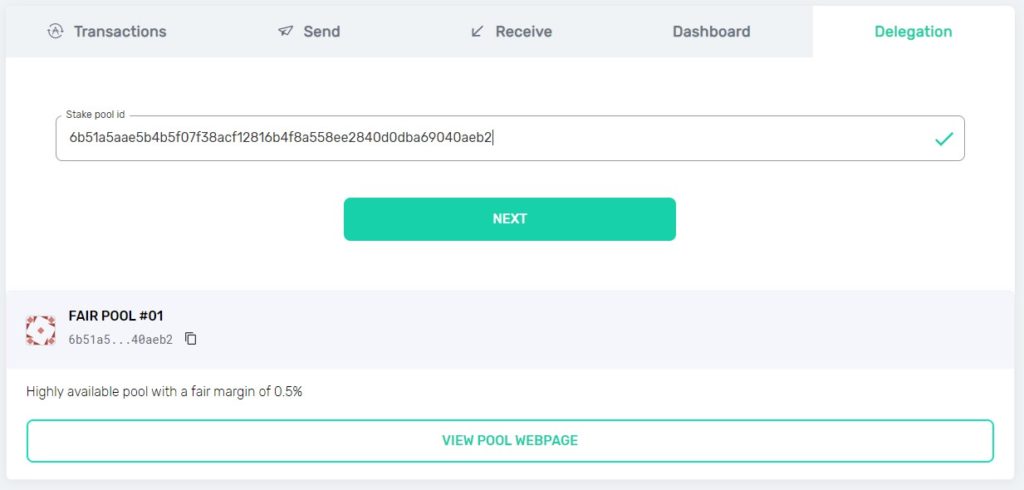Hey people,
In this article I do want to talk a little bit about the current return of stake (ROS) and how the ROS of small pools compares to the ROS of bigger pools. I guess some of you will be surprised and I really hope some of you will think about their current delegation and consider delegating to smaller pools.
As we do have some first data now, we can actually start to do some calculations. Yes, there will be some changes over time and as I’m no fortune teller, I will only look at the data we have at hand:
I am using the data from https://pooltool.io/ as they already provide information about the ROS of pools. So lets clarify what the ROS is: it basically tells you how much return you will get of your invested stake in one year. E.g. if you have 100k ADA and you delegate your stake to a pool which has a ROS of 5% you’ll have 105k ADA at the end of the first year.
So let us compare the average ROS of the top 20 pools (without saturated ones) to the ROS of the pools on the rank 200 – 220:
Calculation for top 20 (without saturated pools):
5.77 + 5.86 + 5.81 + 5.80 + 5.77 + 5.59 + 5.77 + 5.78 + 5.77 + 5.77 + 5.37 + 5.48 + 5.6 + 5.83 + 5.49 + 5.48 + 5.59 + 5.74 + 5.37 + 5.48 = 113.12 / 20 = 5.656%
Calculation for rank 200 – 220 (with at least one block):
5.89 + 5.82 + 5.82 + 6.55 + 0 + 6.16 + 6.32 + 5.77 + 7.15 + 6.02 + 4.08 + 5.78 + 5.96 + 5.91 + 5.83 + 6.64 + 5.78 + 7.04 + 6.53 + 6.91= 115.96 / 20 = 5.798%
Notes: Pools sorted by lifetime blocks; for comparison: Avg. stake of the top20-set: 144M; Avg. stake of the smaller-set: 6M
As you can see the ROS of the much much larger pools is not even higher than the ROS of the smaller pools. In fact, in this example, its the other way around the smaller pools gave you a 0.142% higher ROS. So what does this mean for you as a delegator: It is not really important if you stake with a very large pool or with a medium-sized or a small pool when you only consider the ROS. But I think many of us know that the ~5% per year are only a nice bonus and the tip of the iceberg. If Cardano succeeds in its vision it has a much higher potential than those gains. For Cardano to succeed we need a healthy, diverse ecosystem with as many reliable pools as possible and we will only reach this with true decentralization on which you as delegators can have a direct influence.
So please reconsider delegating to smaller pools, think about what it means for Cardano when the stake is to concentrated to big pools and what it means when there are stake pool operators that are obviously running more than a few pools at once to attract more and more stake and delegators.
I hope this was a helpful little comparison for some of you. Remember that this was just an example, there will always be a certain luck factor but in the end we will be on about the same level with ROS.
For everyone who already delegates to this pool or thinks about delegating: This pool has currently a ROS of 5.79%
Thanks to every single delegator, without you the operation of this pool would not be possible.
Talk to you soon! 🙂
[UPDATE 31st August 2020]:
As some people mentioned, the given ROS values by pooltool are not 100% correct as they seem a bit of of the real values when calculated for a single delegator. The overall numbers seem to high throughout all pools. This means that the ROS values are not correct in their absolute numbers but the ratio of the numbers should be correct. I’ll do a similiar post like this in some time when we have better data 🙂






















